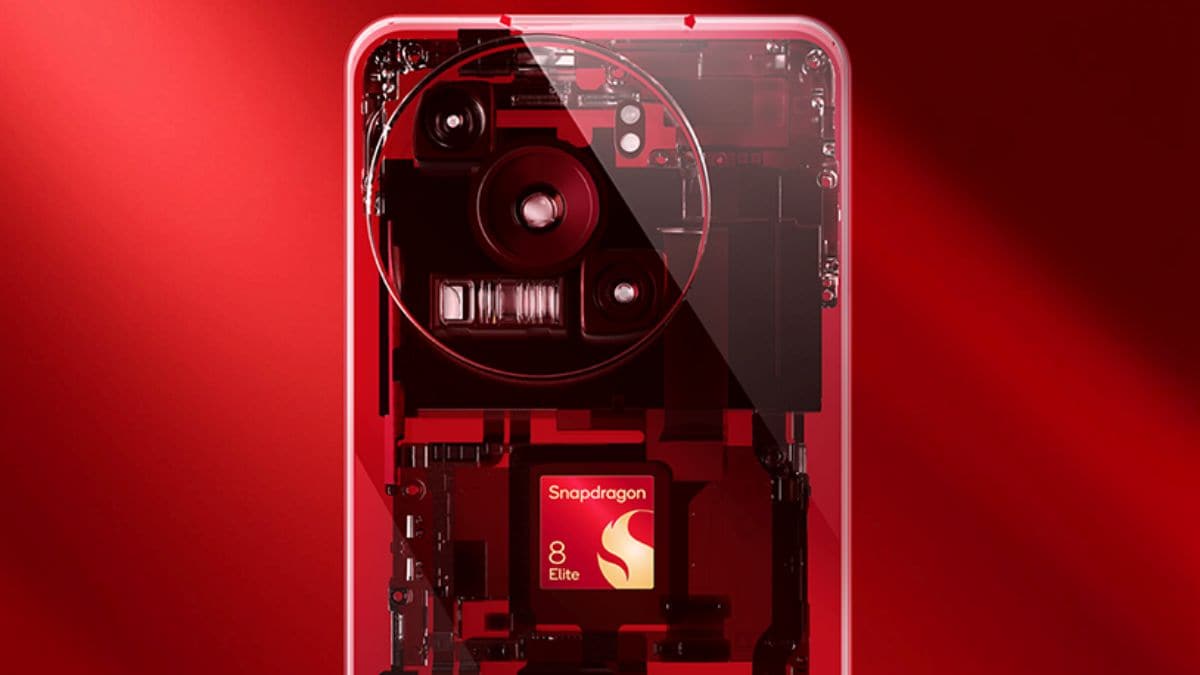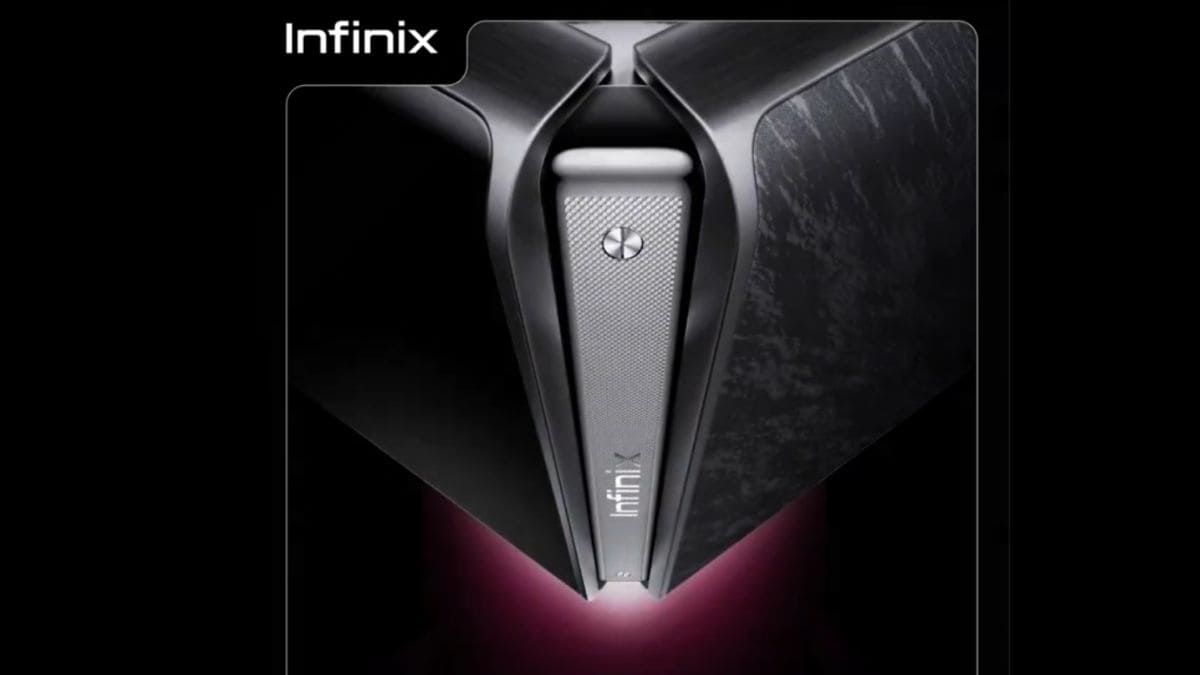Snapdragon 8 Elite chipset was unveiled by Qualcomm at the Snapdragon Summit in Hawaii on Tuesday. Qualcomm’s newest mobile processor is targeted at delivering top-of-the-line performance with upgrades such as on-device generative artificial intelligence (AI) and multi-modal AI capabilities, a dedicated Hexagon neural processing unit (NPU), second-generation custom-built Qualcomm Oryon CPU, and enhanced AI image signal processing (ISP). Courtesy of these features, the Snapdragon 8 Elite claims to bring a massive performance leap over its predecessor — the Snapdragon 8 Gen 3.
Snapdragon 8 Elite Chipset Availability
Qualcomm says flagship Android devices powered by its latest Snapdragon 8 Elite SoC are expected to be available in the coming weeks. The chip will be adopted for flagship devices by global original equipment manufacturers (OEMs) including Asus, Honor, iQOO, OnePlus, Oppo, Realme, Samsung, Vivo, and Xiaomi.
Snapdragon 8 Elite Chipset Specifications
According to Qualcomm, the Snapdragon 8 Elite chipset, with the model number SM8750-AB, sits above the Snapdragon 8 Gen 3 as its newest mobile processor for flagship devices. The chip is built on a 64-bit architecture based on a 3-nanometre fabrication process and features a second-generation custom-built Qualcomm Oryon CPU with eight cores, having a peak clock speed of 4.32GHz.
It is claimed to deliver a 45 percent improvement in both single and multi-core performance, while web browsing is also improved by 62 percent. Qualcomm says devices running this chipset will support up to LPDDR5x RAM and UFS 4.0 storage. It also brings Unreal Engine 5’s Nanite solution for enabling film-quality 3D environments in smartphone gaming.
Snapdragon 8 Elite features Qualcomm Adreno GPU and enhanced Hexagon NPU as part of the Qualcomm AI Engine — both of which contribute to achieving 40 percent better gaming performance and 35 percent enhanced ray-tracing capability. The chipset supports on-device generative AI, multi-modal capabilities and longer token inputs, accepting voice, text, image, and even live-view prompts. Qualcomm claims a 45 percent increase in overall AI performance, while the same boost is also applicable to the chipset’s performance per watt. However, it is more efficient too. The chipmaker says that the Snapdragon 8 Elite is 27 percent more power efficient compared to its predecessor.
For connectivity, the Snapdragon 8 Elite SoC brings the Qualcomm FastConnect 7900 System with support for Wi-Fi 7 at 6GHz, 5GHz and 2.4GHz spectral bands and Bluetooth 5.4. The latest chip features the Snapdragon X80 5G Modem-RF System. The mobile platform is claimed to feature a dedicated AI tensor accelerator which can achieve multi-gigabit 5G speeds in more places with the first 4×6 MIMO solution.
Smartphones equipped with the Snapdragon 8 Elite chip will be able to support up to 320-megapixel camera sensors, with the chipset featuring a triple 18-bit Spectra AI ISP setup, offering AI-based auto-exposure, auto-focus, face detection, and other features. It supports video capture and playback in up to 8K resolution at 60 frames per second (fps). Additionally, it has a new Qualcomm AI ISP which is fused with the NPU, enabling features like limitless Semantic Segmentation at 4K resolution, video object eraser, and real-time skin and sky adjustments via Insight AI.
The chip also supports on-device displays with a maximum QHD resolution with up to 240Hz refresh rate and 10-bit colour depth.
According to Qualcomm, the Snapdragon 8 Elite supports satellite systems such as QZSS, Galileo, Beidou, GLONASS, NavIC, and GPS with lane-level and sidewalk-level accuracy, and triple frequency support. It gets sensor-assisted navigation and concurrent satellite system features. Additionally, it brings support for up to Quick Charge 5 via USB Type-C. The SoC also supports fingerprint recognition via a dedicated sensor courtesy of Qualcomm 3D Sonic Sensor Max support. Alternatively, it also comes with biometric support for voice, facial and iris-based authentication.



